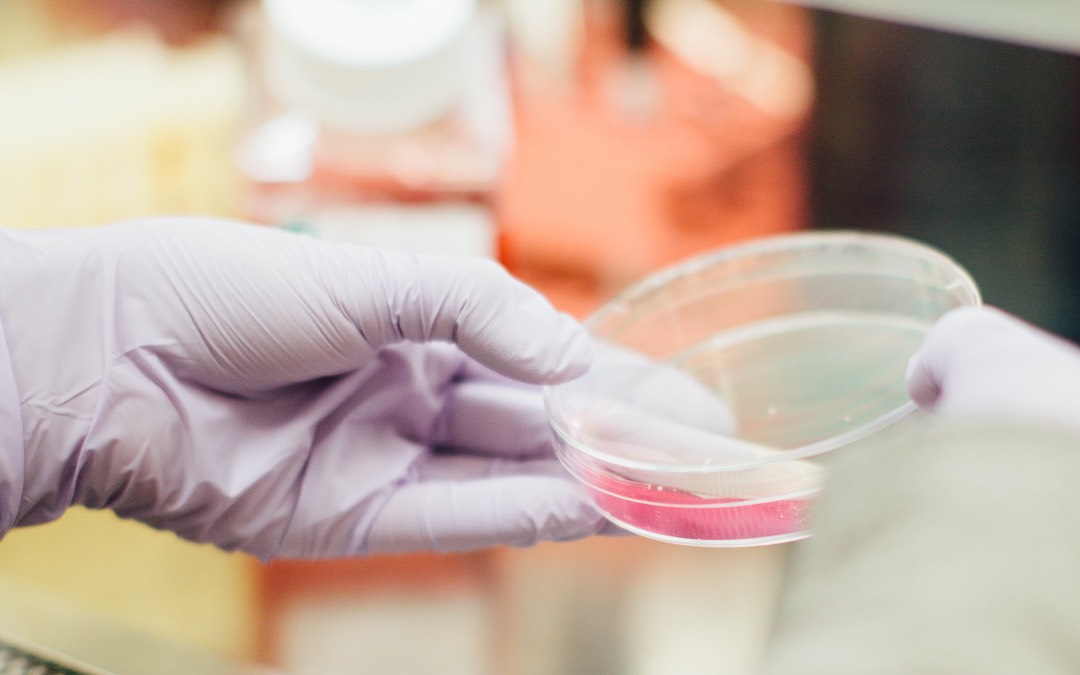By David Kline
In 2012, the United States Supreme Court in Mayo Collaborative Services v. Prometheus Labs invalidated a patent for an innovative diagnostic test for a personalized medicine dosing regimen, and the fallout from this ruling continues to affect the whole life sciences industry. Critics argue that the Court’s overbroad reasoning in Mayo is stifling the development of breakthroughs in medical technologies that are critical to our economy and quality of life.
Consider, for example, the fate of a revolutionary new medical test for detecting fetal genetic conditions in early pregnancy that avoided the dangerously-invasive standard techniques that can harm both the mother and the fetus.
Researchers at Sequenom, Inc. developed a technique for taking a maternal blood sample, keeping the non-cellular portion (known as cffDNA, which was previously discarded as medical waste), amplifying the genetic material in it that only they had discovered was present, and then identifying paternally-inherited sequences as a means of distinguishing fetal and maternal DNA. The company sought and received a patent for what even the court that later invalidated the patent (citing the High Court’s Mayo ruling as the reason) conceded was “a significant contribution to the medical field.”
Judge Richard Linn of the U.S. Court of Appeals for the Federal Circuit explained that given the sweeping language of Supreme Court’s 2012 Mayo ruling, he was forced to invalidate Sequenom’s patent. But he was not happy about it.
“The Supreme Court’s [ruling in Mayo] leaves no room to distinguish this case, even though no one [before Sequenom] was amplifying and detecting paternally-inherited cffDNA using the plasma or serum of pregnant mothers. Indeed, the maternal plasma used to be “routinely discarded,” because nobody thought that fetal cell-free DNA would be present.”
In Judge Linn’s personal opinion, “Sequenom’s invention is truly meritorious.” But there was nothing he could do, given the High Court’s previous ruling.
The Mayo ruling has broad significance for the entire life sciences industry. As Sequenom’s lawyer Thomas Goldstein, who is also the founder of the hugely-popular SCOTUS Blog noted, “[We] invested enormously in developing and validating a recognized breakthrough for clinical use, only to see that investment radically undermined by fast-following competitors trading on an uncertain legal doctrine [i.e., the Mayo ruling].” As a result, “no company can trust in the patent system when deciding whether to invest in bringing an invention to market. This issue has become particularly life-threatening to life-science innovators.”
Indeed, the threat that Mayo poses to life-science innovators cannot be overstated. As one law journal noted: “[The Mayo ruling] is sufficiently broad that no diagnostic method claim will be safe from the logic set forth in that case.”
Indeed, if this trend continues, America’s world-leading life sciences industry — and the future cures humanity is counting on — may wither on the vine. As Hans Bishop, the CEO of breakthrough cancer treatment company Juno Therapeutics, wrote in Forbes in 2015:
“Let us be clear: investments in the biotech industry are based entirely on patents. Without strong patents, we cannot raise money to find cures for disease.” Nor can companies raise money to invent the tests needed to diagnose those diseases.
For innovative life science companies, the hope is that Congress may draft a legislative fix to the Supreme Court’s ruling limiting medical innovations. Until then, the future cures we all depend on may have to wait, thanks to the Supreme Court’s ignorance on patent issues.
